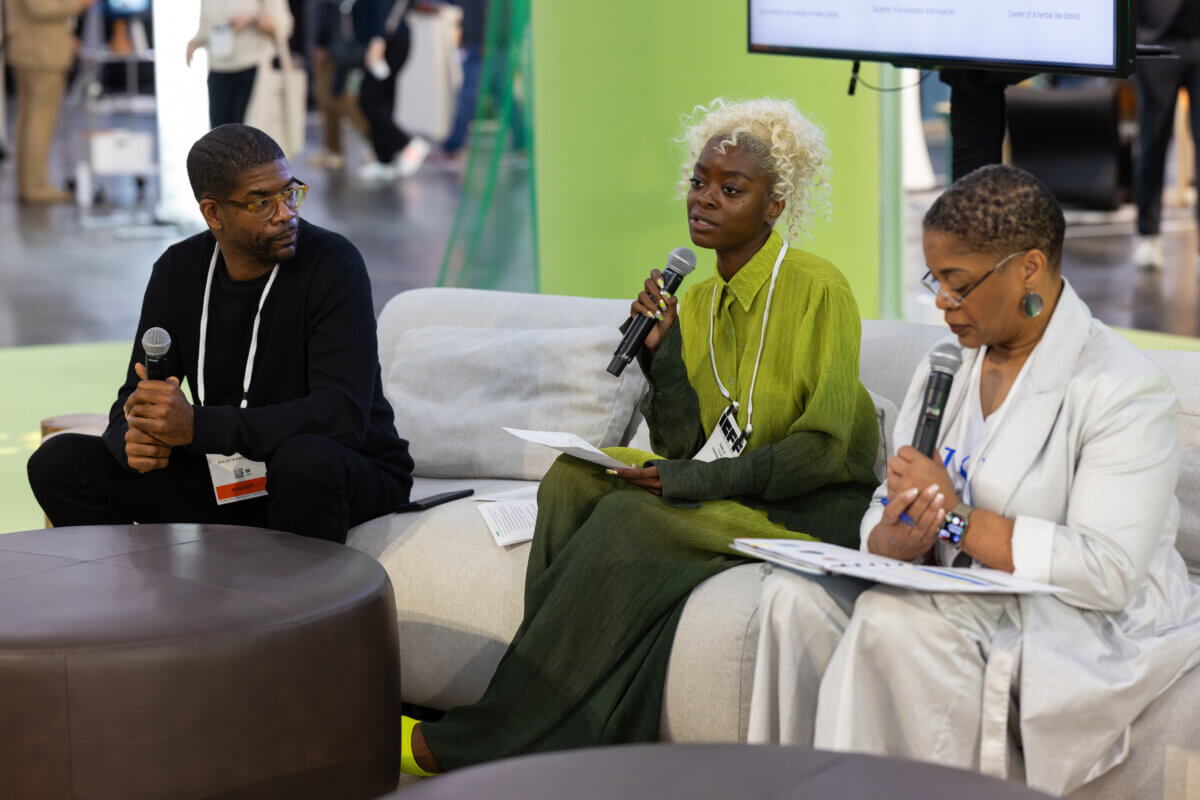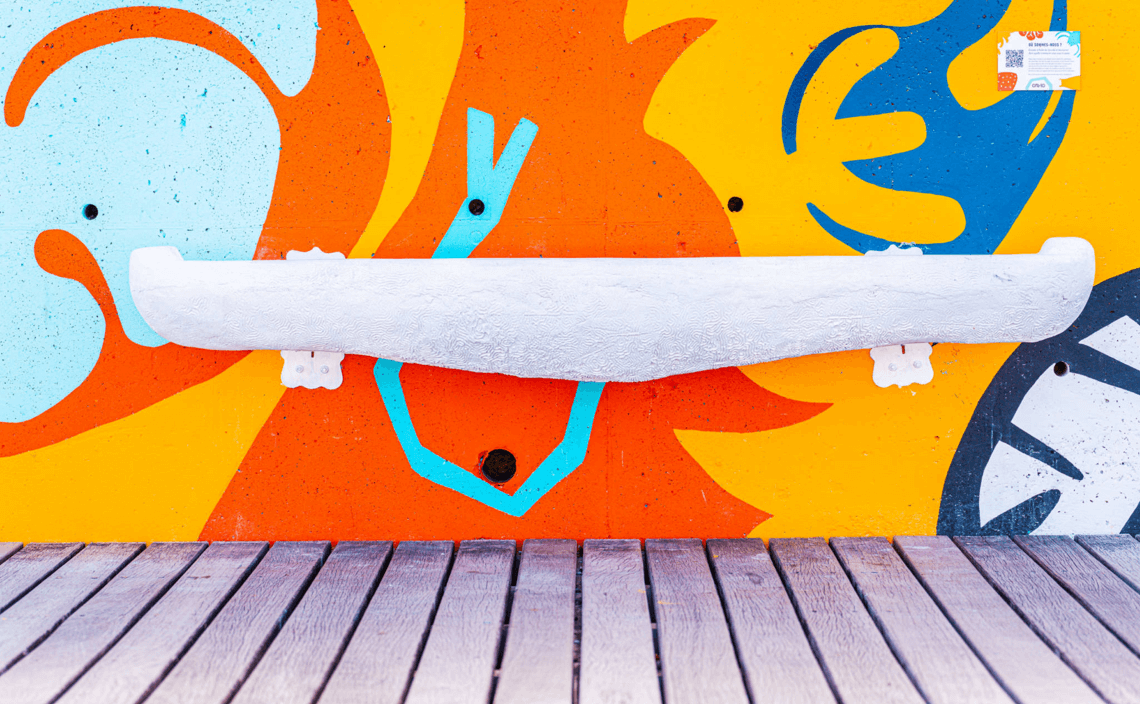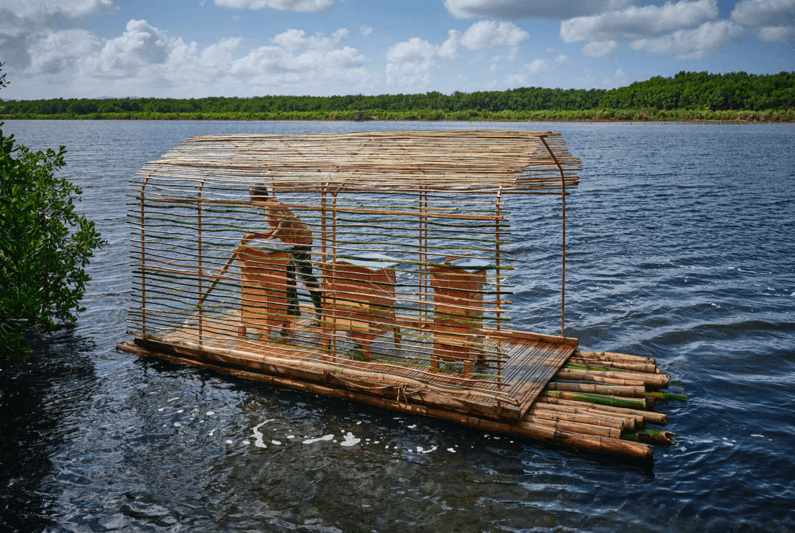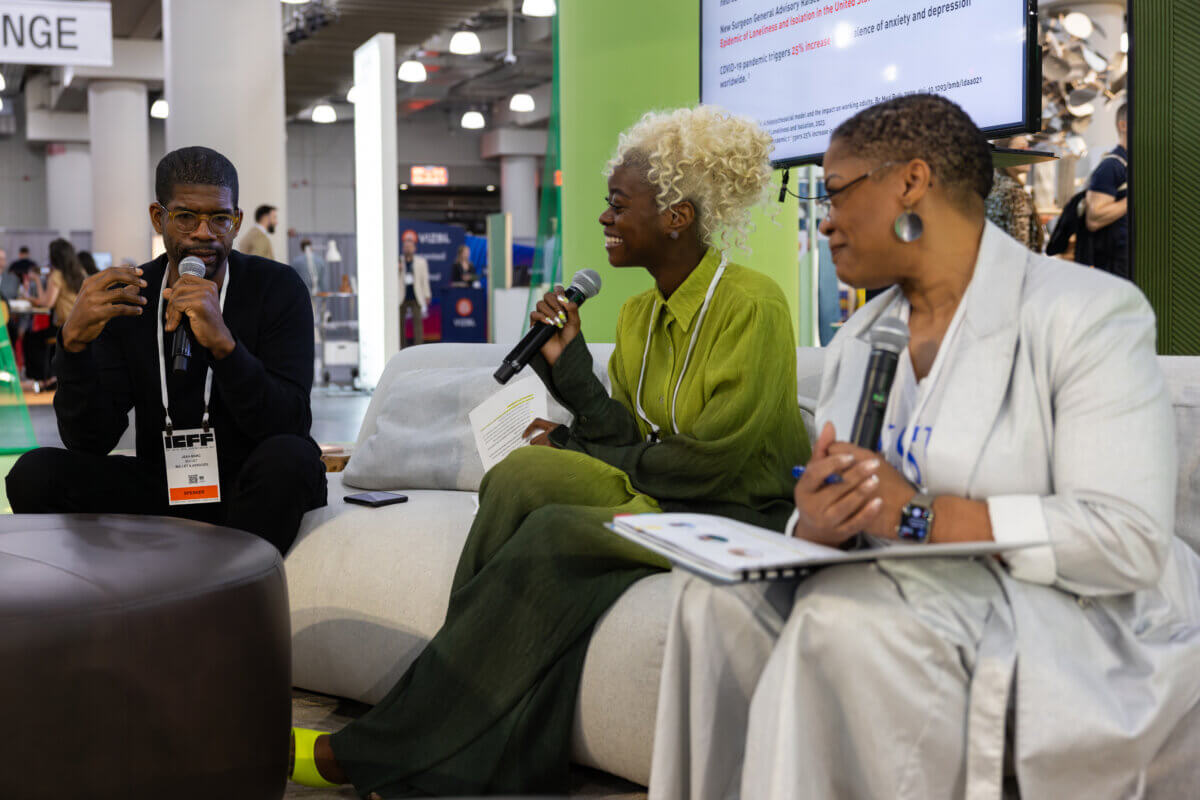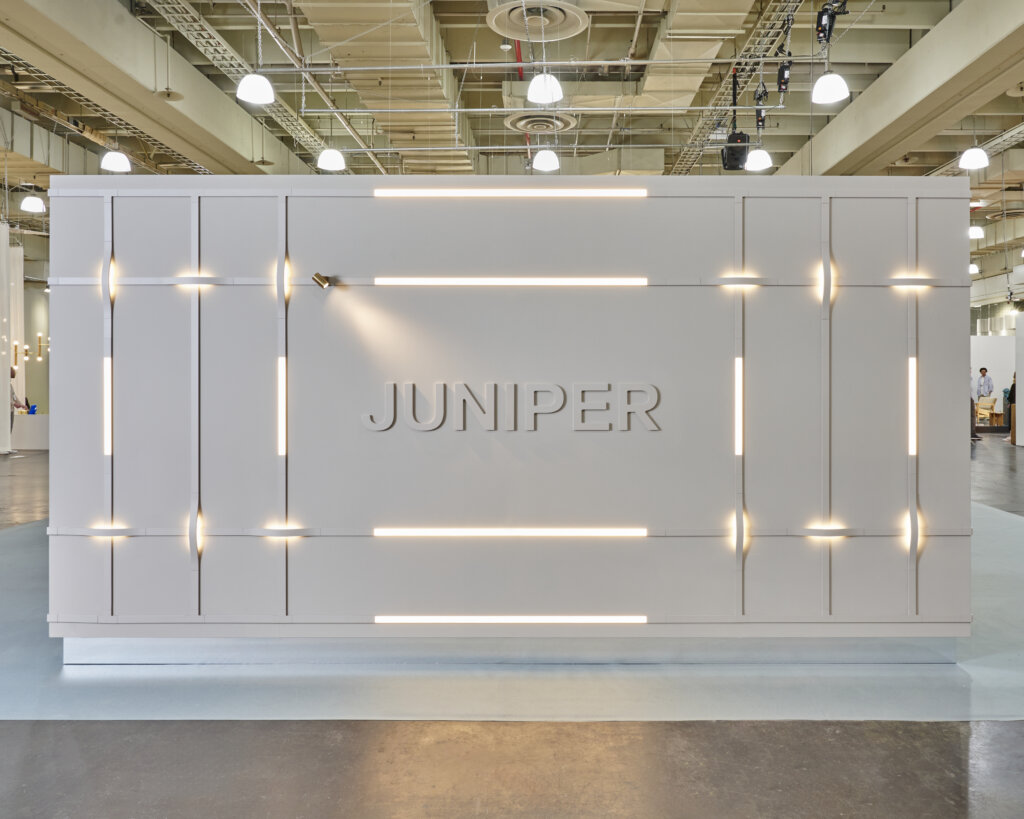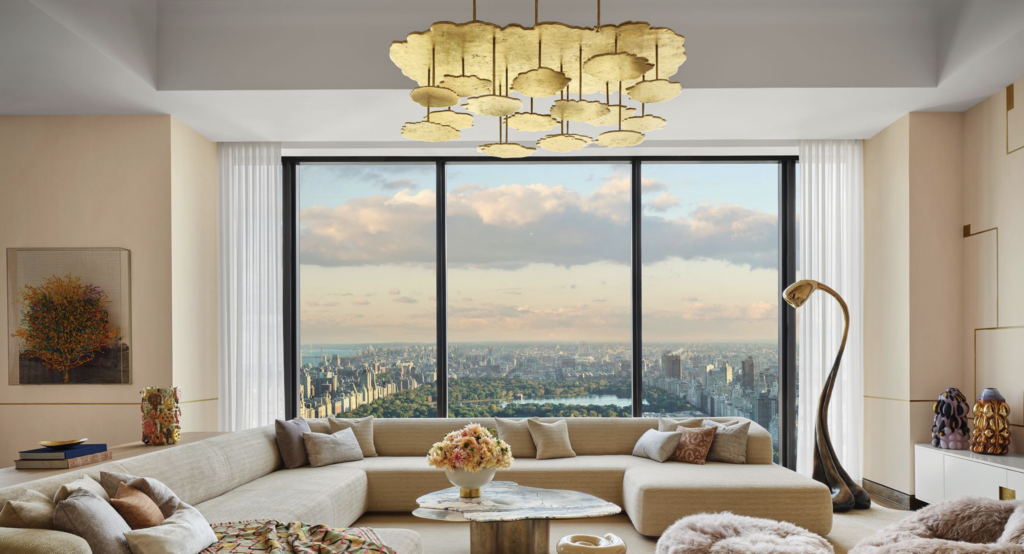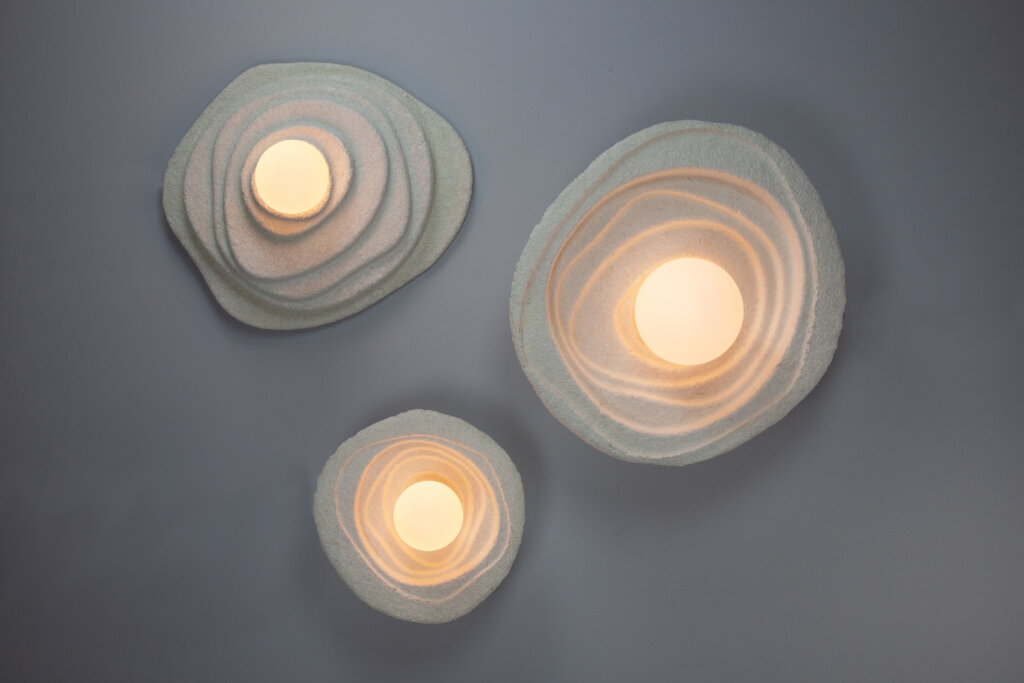
Held on Sunday May 19th, the Perspectives and Principles: A Liberative Mindset in Design talk—with audience participation from the outset encouraged—explored different ways in which this could be achieved in a more sustained and substantive manner when it comes to actual ideation and development; moving design away from being a mere decorative service targeting a small elite to a discipline that actually addresses a wider scope of objective needs and subjective desires.
“As a result of the COVID-19 pandemic, we collectively found ourselves making more room,” Kamille Glenn eloquently explained. “This was displayed through hard conversations, accountability, and action critical strategies around how we can better communicate and affirm our neighbors and ourselves. But with everything going on in the world, I believe that we’ve fallen short along the way, dismissed movements, and all that comes with the capitalistic pressures of a failing economy. Many of us have fallen onto the wheel of inconsideration with wellbeing and connection seeming to have fallen down the rakes of collective responsibility.”
(Image above: Face à la mer / Bullet Associés)
At the helm of Brooklyn-based, community-oriented incubator DSGNRSWRKSHP, Glenn—a seasoned designer who cut her teeth at Rockwell Group for many years—leads various programs with this aim; establishing a closer link between the innovations being developed in the oft-sioled industry and their actual potential application. She cited renowned American author Bell Hooks: “To be truly visionary, we have to root our imagination and our concrete reality while simultaneously imagining possibilities beyond that reality.”
“Designers and artists are uniquely positioned to help solve humanity’s most intractable problems,” added Williams, also a revered writer and poet. “Not only do we empower and illuminate the human experience, we imagine and enact it differently.” One way this is consciously or unconsciously achieved, Glenn noted, is through “nudge theory,” setting things up so that it’s easier for people to make choices without taking away their freedom to choose.
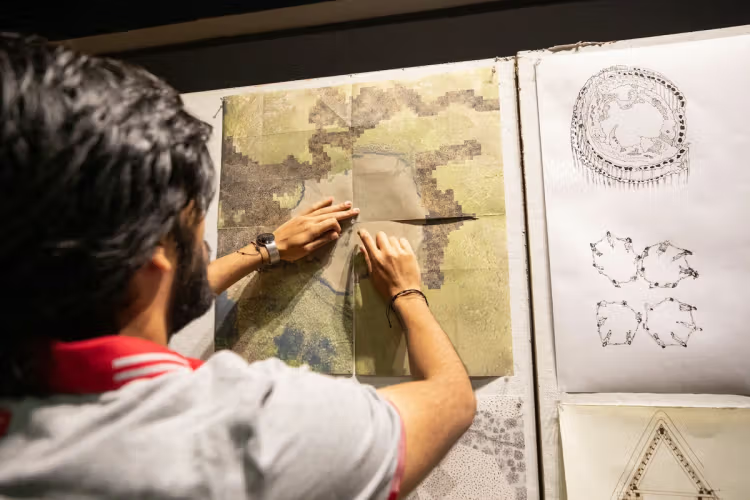
In the Coexistence in Crisis studio, Pai Liu presents a map related to his team’s Ecotone Tectonics project- Jo Sittenfeld/RISD
The discussion moved on to address the topic of collective wellness and how the design field should be more conscious and responsive to the large proportion of our population that is neurodivergent: individuals whose brain differences affect how they learn and experience the world; having both strengths and challenges in that respect. Touching on the post-pandemic increase in depression, anxiety, and subsequent loneliness, Glenn opened up the conversation to the audience.
One person spoke about the importance of balancing out both domestic and communal spaces that allow for socialization with those for personal retreat and reflection. Glenn responded by citing the importance of adopting a feelings forward approach through design thinking: the non-linear, iterative process that seeks to understand the user, challenge assumptions, redefine problems, and implement design as a suite of critical tools to freely imagine innovative solutions that are then prototyped and tested.
Bullet, a French-born Martinican designer who, through his multidisciplinary practice, often implements this working philosophy, introduced one of his recent initiatives as a case study. “I recently used design thinking in my hometown helping to ameliorate its administration,” he described. “When we applied this strategy, they really enjoyed it. But after that, it was difficult to apply it to their services because it didn’t align with the processes already in place. I realized that it’s better to identify the tools already in place and use design thinking to improve them.”
The next topic Glenn brought to the fore was design openness: the often overlooked question of accommodating different levels of physical ability. She paraphrased Dezeen editorial director Max Fraser’s recent editorial critiquing the true validity of major events like Milan Design Week: the idea that design is increasingly moving away from providing solutions for the needs of regular people and is instead churning out a disproportionate amount of decorative objects for the wealthy.
”We have to consider how capitalism can come into play as well as the significance of accessibility and inclusion with a hyper focus on client interest, public interest and preferred target audiences and demographics,” she expressed. “We are guilty of creating the ideal individual versus the collective. How can we find a balance between the two to avoid isolating experiences?”
Highlighting an initiative in which he helped shore up a collective agricultural effort in Martinique by shifting the established practice just slightly, Bullet stated: “I think we need to maybe rely on traditions but move them into different contexts to answer different issues.”
Returning to the Bell Hooks quote, Williams said: “We have to root our imagination in our concrete reality while simultaneously imagining possibilities beyond that reality; the dialectic between pragmatism and optimism. It seems to me that designers and artists are the purveyors of what is possible.”
Referring to a handful of designers that have sought out to work with—rather that extract from—Indigenous people in mutually beneficial ways, she added: ”The question for us is not is it possible, but rather in what ways are your design practices going to open the aperture, be bolder and broader in terms of helping other communities, not just high net worth communities, but all of them.”
Acknowledging that it takes time as much as a certain, sometime non-monetizable, willingness to attain this paradigm shift in practice, Glenn concluded: “In order to kind of express and have this more liberative mindset, you really have to be intentional and curious, able to go the extra mile rather than accept the status quo. I hope that we’re becoming better about establishing relationships with our neighbors, world and collectivity when we are creating because there is great power that comes in that approach.”
